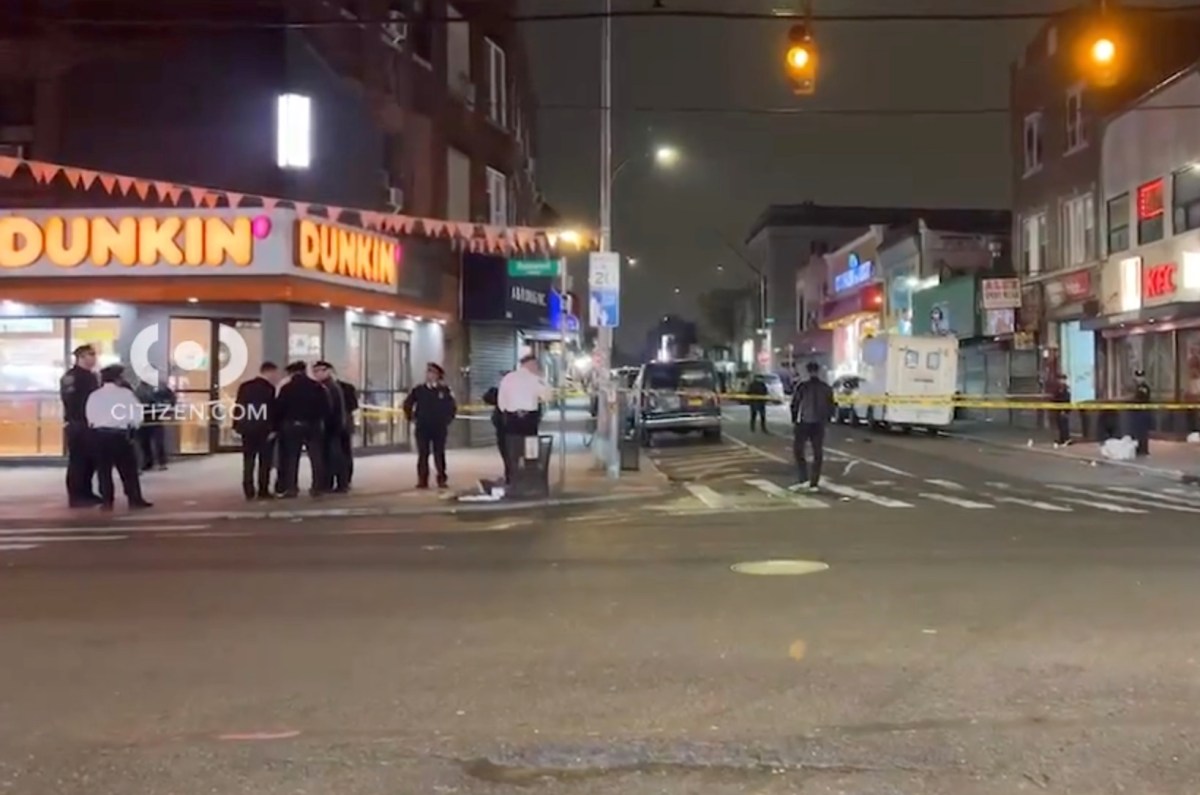By Betsy Scheinbart
Emergency repairs on a major city water treatment plant were completed Saturday after more than 100 million gallons of sewage were released into Jamaica Bay over a 55-hour period, the city Department of Environmental Protection said.
The 26th Ward Wastewater Treatment Plant in Brooklyn was shut down for 2 1/2 days, resulting in elevated bacteria levels in three Brooklyn and Queens creeks, but the effect on the rest of the bay was minimal, the DEP said.
The repairs were done faster than the DEP had anticipated, meaning there was less sewage in the bay. But about 104 million gallons of wastewater were released in the bay, the DEP said.
The plant is located on Flatlands Avenue in Brooklyn, several blocks from the Queens border. One of the three creeks most affected by the bypass, Spring Creek, runs through Brooklyn and the Lindenwood and Howard Beach sections of Queens.
The creeks showed elevated levels of coliform — a bacteria found in human waste — near the mouths of the open water of the bay, the DEP said, but the surrounding waters in Jamaica Bay showed little or no elevation from their normal levels.
The emergency repair was necessary after a 54-inch main in the plant developed a severe leak Sept. 13. The pipe delivered sewage from the pumping station within the plant to the treatment facilities, and two attempts to repair the leak failed, the DEP said.
The state Department of Environmental Conservation approved the DEP’s plans to repair the pipe and bypass sewage through the bay because there was no reasonable alternative, the state agency told its city counterpart.
A further delay in repairing the piping could result in total plant failure for an extended period of time, the DEC told the DEP.
U.S. Rep. Anthony Weiner (D-Forest Hills), whose district covers Jamaica Bay and surrounding areas of Brooklyn and Queens, said the entire situation was “outrageous.”
“It was pretty bad on a couple of levels,” Weiner said Monday. “It is amazing that there are no redundancies that could allow sewage to pass if a pipe breaks.”
Weiner said he was also displeased with the way the public was notified of the planned repairs — by public park signs. He asked the DEP to delay the start of its work from Oct. 10 to Oct. 11 so the public could have more time to be informed about avoiding the water.
DEC officials said in a statement that signs were posted at “public access points and outfalls of the affected areas.”
The signs read: “Warning! Avoid contact with these waters. The 26 Ward WPCP will be shut down for a period between Oct. 10-16, 20001. These waterways could be affected by the elevated level of coliforms due to sewage bypass.”
The DEP said people could resume recreational activities in the Jamaica Bay area by Wednesday, Oct. 17.
The DEP Marine Sciences Section will continue its assessment of the bay through the Harbor Survey and Tributary Monitoring Programs during the next few weeks.
On an average day, the plant handles 60 million gallons of sewage, but during the repairs, some of the wastewater was captured and treated. The DEP planned to capture an additional 10 million gallons for later treatment at the Spring Creek combines overflow facility.
The repairs on the water main included replacing pumps and reinforcing a wet wall and gate valve. They were designed to avoid the need for a future sewage bypass through the bay, the DEP said.
Reach reporter Betsy Scheinbart by e-mail at Timesledger@aol.com or call 229-0300, Ext. 138.





























